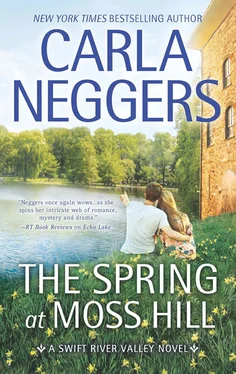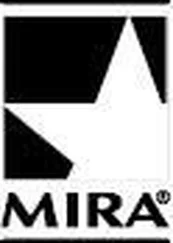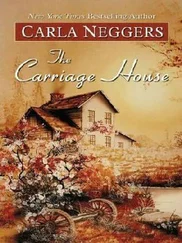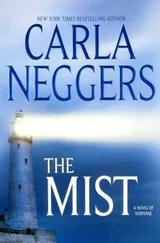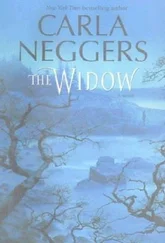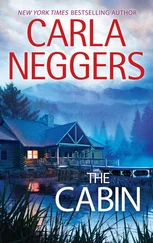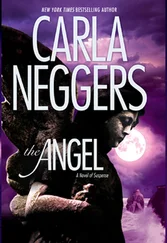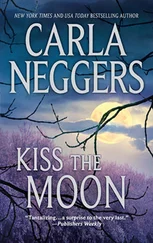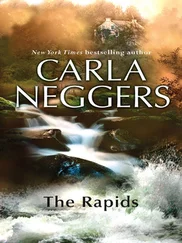She’d call Lila back later.
Kylie left her bike on the rack by the front entrance and followed a breezeway to the residential building, the smaller of the two brick-faced structures that formed the mill, or at least what remained of its original complex. Built in 1860 to capitalize on the burgeoning market for palm-leaf straw hats, the renovated mill was situated on a small river on the outskirts of town. Its namesake rose up across the road.
Moss Hill was one of the many knobs and hills that formed the uplands that had helped make the region attractive as a source of drinking water for metropolitan Boston. The bowl-shaped Swift River Valley had caught the eye of engineers and politicians, and the massive Quabbin Reservoir was created in the decades prior to World War II. Four small towns were disincorporated, their populations relocated, their homes and businesses razed, their graves and monuments moved, and Windsor Dam and Goodnough Dike were built, blocking the flow of three branches of the Swift River and Beaver Brook and, through the 1940s, allowing the valley to flood.
Even before Quabbin, the mill had been in decline, little realistic hope for its future. Straw hats had been going out of fashion, and by 1930, the mill stopped producing them. Subsequent owners hadn’t succeeded with alternative businesses. Eventually, the old buildings were boarded up and abandoned. A few years ago, a local architect and his business partners had bought the property and begun the painstaking process of demolition, renovation and refurbishment.
Kylie took the industrial-style stairs to the second floor. In addition to its four apartments, the building included a well-equipped exercise room, lounge and lower-level parking and storage. Although she’d grown up in the western exurbs of Boston, she’d never heard of Knights Bridge until a friend, an art professor recently hired by the University of Iowa, had told her about her country house. You need a place to work for a few months, and I need a renter until I figure out what to do.
Kylie had only meant to stay in Knights Bridge three months—long enough to catch up on work and clear her head. But three months had turned into six, then eight, and when her friend decided to sell the house because Iowa was just too far away, she had taken a look at Moss Hill.
She’d been captivated by the transformation of the old mill and had surprised herself when she fell in love with her second-floor loft-style apartment. She’d loved the house she’d been renting, too. Charming, quiet and romantic, it had cried out for kids, dogs, chickens—a family.
She unlocked her door and went inside, relaxing now that she was back in her space. She set her groceries on the counter in the kitchen area. She was only a little more than a month into living here, but the open layout suited her. Tall ceilings, arched floor-to-ceiling windows overlooking the river, brick and white-painted walls and gleaming wood floors combined old and new, the specialty, she’d come to learn, of the owner and architect, Mark Flanagan. He’d thought of everything to make the space comfortable, contemporary and efficient. His wife, who worked at a local sawmill owned by her family, had helped with the finishing touches.
Since her previous rental had come furnished, Kylie had been scrambling to get things pulled together for this place. A buttery-leather sectional had been delivered a week ago, and she’d finally given up a ratty futon she’d dragged out of her parents’ basement and bought a decent bed, queen-size with washed-linen sheets. She hated scratchy sheets.
She’d brought her worktable with her. She’d made it herself in college out of a finished birch-wood door on trestles, and it had gone with her almost everywhere since then. Not Paris or London; she’d left it in storage then.
She put the champagne in the refrigerator. She needed something concrete to celebrate before she opened it. It didn’t have to be big, but it had to be more than daffodils being in bloom. That felt forced.
Because it is forced, she thought.
She put away the rest of her groceries and flopped on the couch, tugging the clip out of her hair, which, despite being pulled back, was tangled from her bike ride. It was pale blond and past her shoulders, and she kept promising herself she would get to a hair salon. She was okay with a pair of scissors and could manage a quick trim, but she wasn’t a pro.
Too restless to sit for long, she got to her feet, yanking off the lightweight jacket she’d worn into town. She kicked off her shoes and walked in her stocking feet to her worktable. She’d been working on Little Red Riding Hood for only a few days. It was the third in a series of fairy tales she was illustrating. She’d finished Hansel and Gretel and Sleeping Beauty.
She knew it would take some effort to get her into the world of a clever wolf, a dark forest and an adventurous girl with a picnic basket.
Kylie sank onto her chair, feeling unsettled, strangely out of her element. Had she made a mistake moving here?
But she knew she hadn’t. As fantastic as it was, the house she’d rented had made her think about what she didn’t have. This place worked fine, given her solitary ways and her bad luck with men.
* * *
She lasted twenty minutes at her worktable.
She was working on the perfect tree to go in front of the grandmother’s house in Little Red Riding Hood. She was doing sketches by hand, on paper. She stared at the last one. Not good. It looked more appropriate for a story about zombies than a classic fairy tale.
She balled it up and tossed it into the recycling bin under her table, on top of the other discarded sketches. She debated switching to her computer and drawing on her art board, but she knew from experience that wouldn’t work, either.
Her tree needed more time. It wasn’t there, and working harder and longer wasn’t going to make it be there.
Also, she was distracted.
She noticed Sherlock Badger tucked at the base of her task lamp and smiled. She’d put him together with bits of fabric, dryer lint, a few notions she raided from discarded clothes, a needle and thread and glue.
Now here was a guy, Kylie thought.
Never mind that he was only four inches tall.
He was a law enforcement officer in a series of picture books for young readers she’d created. He wasn’t in all the books. He didn’t live in Middle Branch, the fictional town where his Badger cousins had a house and a veterinary clinic on a river.
Kylie pointed her finger at him. “Not a word about my Little Red Riding Hood tree. Not. A. Word.” She tossed her sketching pencils in their basket, one she’d picked up in Paris, before that ill-fated bottle of wine with the sculptor. “I’m not stuck. I’m just thinking.”
She picked a piece of lint off Sherlock. He had a square jaw and a tough look about him, but he was solid, trustworthy and brave.
What would Sherlock do if a private investigator came to Middle Branch?
It would depend on what people had to hide, wouldn’t it?
Kylie felt her throat tighten. She sprang to her feet, restless, uncertain. Three years ago, when she’d had the idea for The Badgers of Middle Branch, the first book she would write as well as illustrate, she’d decided to work under a pseudonym and keep Kylie Shaw separate.
She’d chosen Morwenna Mills as her alter ego.
A year later, when the Badgers had debuted, they had been an instant hit with young readers. More Badger books followed. Instead of telling everyone she was Morwenna, Kylie had kept it to herself. Even her family didn’t know. Lila didn’t know.
Would Russ Colton, PI, want to know?
He didn’t have to want to know. All he had to do was start asking questions about the only resident at Moss Hill, and he could complicate her life.
Читать дальше
